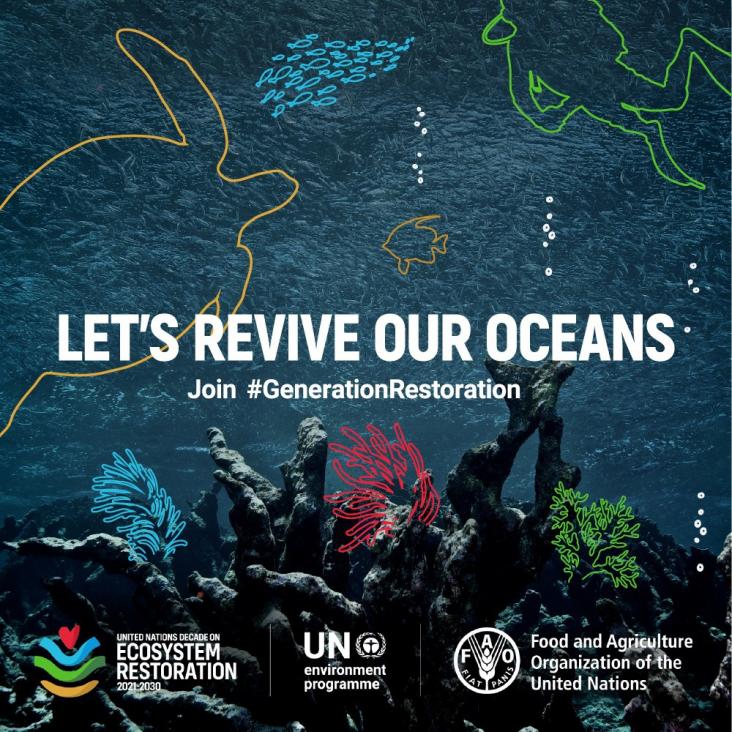Quantification and extent mapping of seawater intrusive zones are extremely critical for coastal aquifers, especially for those impacted with anthropogenic stress.
After 10 years of the Fukushima Nuclear Accident, Japan decided on 13 April 2021 to release the nuclear wastewater into the Pacific Ocean.
The recent Intergovernmental Panel on Climate Change (IPCC) Special Report on Oceans and the Cryosphere in a Changing Climate suggests sea level rise may be best understood as a slow onset disaster fo
This paper reviews the evidence on slow-onset events presented in the Special Report on Climate Change and Land (SRCCL) and the Special Report on the Ocean and Cryosphere in a Changing Climate (SROCC)
Elsevier,
The Atlantic Walrus, Multidisciplinary insights into human-animal interactions, 2021, Pages 251-262
This book chapter advances SDGs 13, 14, and 15 by presenting an overview of the current management requirements regarding the hunting of Atlantic walruses. It highlights how management and regulation occur across local, national, regional and international levels and the importance of effective collaboration between hunters, scientists and managers for successful conservation.
This book chapter advances SDG 14 by explaining how biological factors that influence microbial structure and activity in coastal sediments include the various interactions between microorganisms involving trophic interactions such as competition, predation, and parasitism; between microbes and plants as well as the influence of benthic animals in the sediments.
The marine protected areas network in England and Wales provides designated protection for the marine environment and stems from various legislative sources. The UK approach has a bearing on SDG 14.
Ostracod assemblages near the boundary between land and sea have been affected by multiple complex factors, such as regional climate and depositional and human-induced processes during the Late Holocene.
To mark World Environment Day 2021, RELX’s Global Head of Corporate Responsibility, Dr Márcia Balisciano, talks to Dr Dan Fiscus and Dr Brian Fath about this year's theme: Ecosystem Restoration.

World Environment Day is the most renowned day for environmental action. Since 1974, it has been celebrated every year on June 5th, engaging governments, businesses, celebrities and citizens to focus their efforts on a pressing environmental issue. To mark World Environment Day 2021, Elsevier presents a curated list of free access journal articles and book chapters in support of this year's theme - Ecosystem Restoration.
